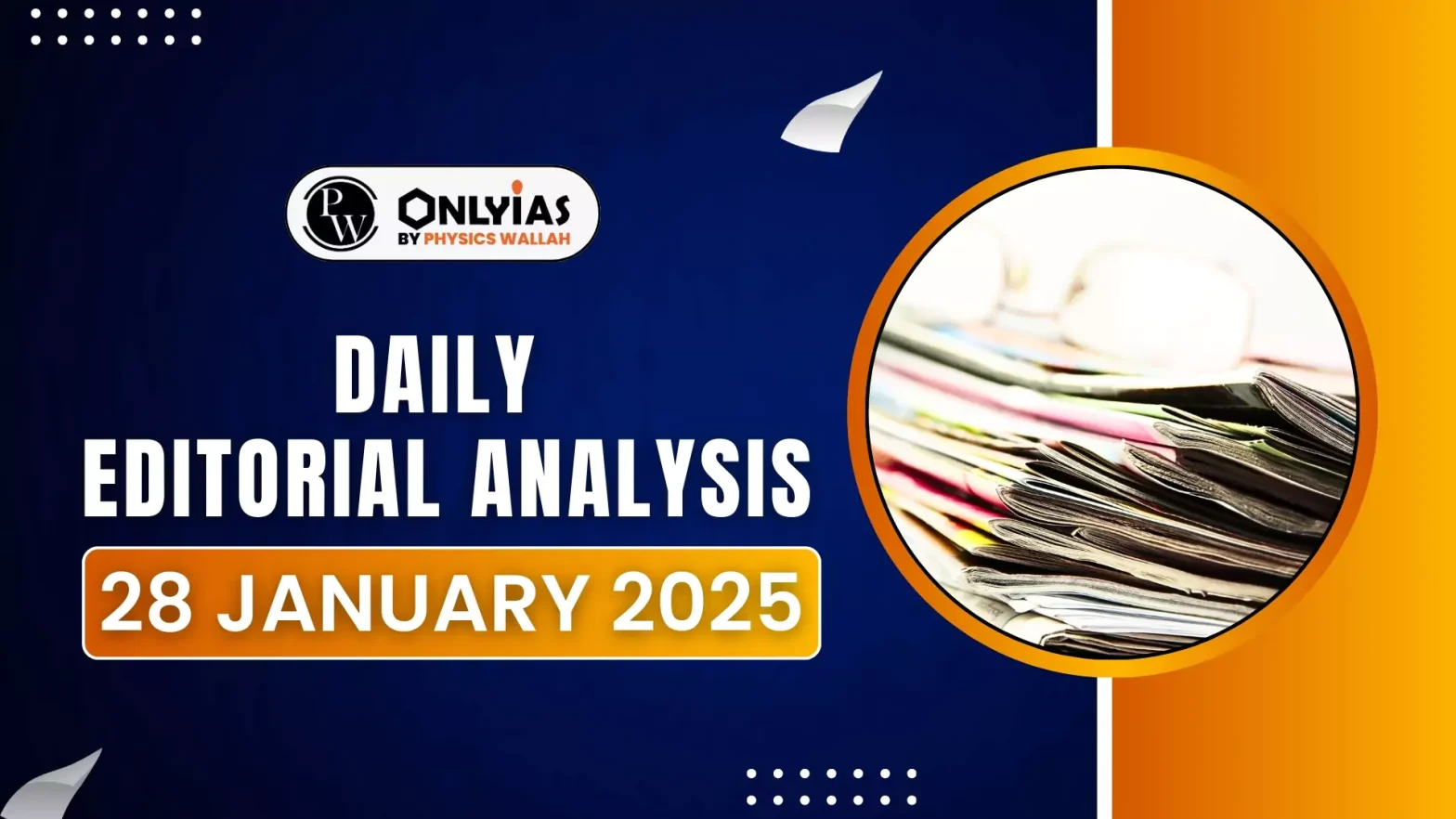Sri Lanka is on the precipice of both opportunity and risk and it is crucial that the government charts a path that balances growth with debt sustainability.
Sri Lanka’s New Economic Path Under New Government
- Transition to Stability: Sri Lanka’s economy, after its worst crisis in 2022-2023, is stabilizing with support from the IMF and India, and through strategic debt restructuring.
- Government’s Challenge: The NPP government, led by Anura Kumara Dissanayake, now faces the critical task of balancing growth with sustainable debt management.
- Optimism Amid Caution: While there is cautious optimism, the economy is still grappling with the long-term effects of past crises. Forecasts predict a slowdown in growth from 4.4% in 2024 to 3.5% in 2025.
- Recovery Drivers: Key factors such as prudent monetary policy, international aid, debt restructuring, and tourism recovery are central to Sri Lanka’s ongoing stabilization.
Enroll now for UPSC Online Course
Internal Challenges for Sri Lanka’s New Government
- Brain Drain: A significant challenge is the migration of skilled professionals, with 300,000 leaving in 2024 alone, including experts from IT, banking, healthcare, and marketing. This exacerbates the talent gap, hindering growth prospects.
- Inexperienced Parliament: With over 150 first-time MPs, many from the NPP, the government faces challenges in legislative capacity.
- To address this, the focus should be on improving public sector services, training MPs in economic reform processes, and enhancing governance through public policy education.
- Tourism Potential: Tourism is growing, with over 2 million visitors in 2024, but its benefits need to be more widely spread across the country.
- A more sustainable, decentralized tourism strategy that includes the northern and eastern regions can further boost the economy.
- Fiscal Sustainability: While revenue has risen, government spending remains high due to the extensive role of the state.
- The government must address the financial burden of state-owned enterprises, particularly those that are loss-making, such as SriLankan Airlines and Ceylon Petroleum Corporation, considering privatisation or restructuring to safeguard fiscal stability.
External Factors Impacting Sri Lanka’s Future
- Geopolitical Shifts: With the re-election of President Donald Trump in the U.S., the Indo-Pacific region will undergo significant changes, which may affect Sri Lanka’s foreign policy.
- Sri Lanka must navigate these shifting dynamics carefully to safeguard its interests.
- Strengthening Ties with India: India is emerging as a vital partner for Sri Lanka’s economic future.
- The government must focus on deepening economic collaboration with India, ensuring that Sri Lanka benefits from Indian investments, particularly in cross-border projects, energy, and trade.
- Managing Security Concerns: The Sri Lankan government must honor its commitment to avoid actions that might exacerbate India’s security concerns, such as halting visits from Chinese spy ships.
- This requires careful diplomacy and clear signaling to strengthen regional trust.
- Bilateral Engagement: The President’s visit to India in late 2024 lays the foundation for stronger bilateral relations.
- Sri Lanka should prioritize progress on economic cooperation, particularly through digital identity systems, energy projects, and negotiations for a deeper bilateral free trade agreement.
Way Forward
- Boosting Exports: Starting in mid-2027, Sri Lanka faces the risk of capital repayments on its external debt. If the country cannot generate sufficient foreign exchange through trade-led growth, this could threaten fiscal stability.
- The government needs to focus on boosting exports and trade to avert this looming crisis.
- Support from International Partners: In partnership with the IMF and World Bank, India must be prepared to provide assistance if Sri Lanka encounters economic difficulties once again.
- The historical relationship between Sri Lanka and India makes this collaboration critical in ensuring Sri Lanka’s economic resilience.
- Comprehensive Growth Plan: To address both immediate and long-term challenges, Sri Lanka must devise a comprehensive growth strategy.
- This plan should aim at balancing short-term stabilization with long-term economic opportunities, ensuring the country’s sustained prosperity.
Check Out UPSC CSE Books From PW Store
Conclusion
Navigating these choppy waters will require pragmatic leadership, bold policy decisions, and a clear vision for Sri Lanka’s future prosperity. The National Budget in February offers an opportunity to make a start.
Ready to boost your UPSC 2025 preparation? Join PW’s UPSC online courses today!
![]() 28 Jan 2025
28 Jan 2025

